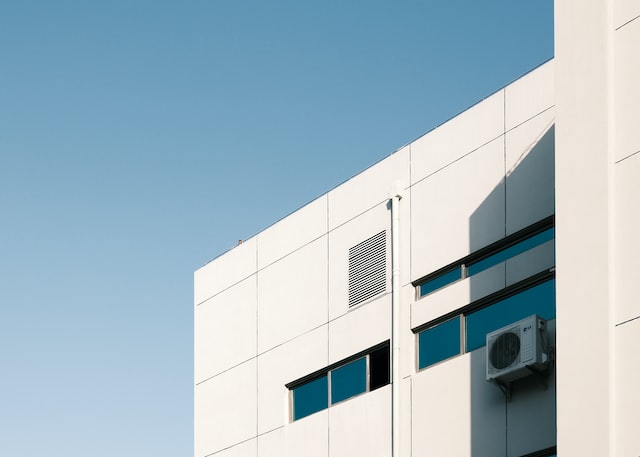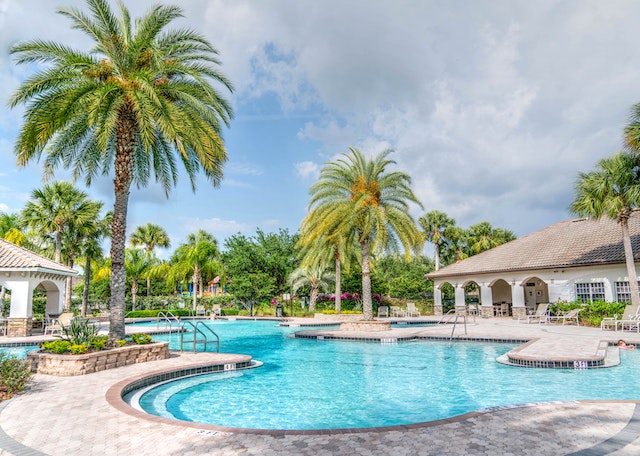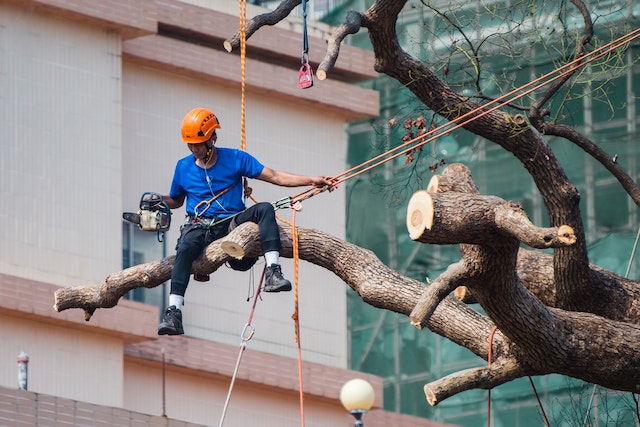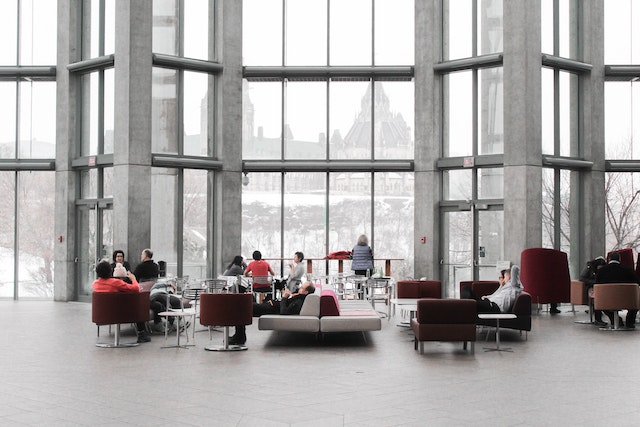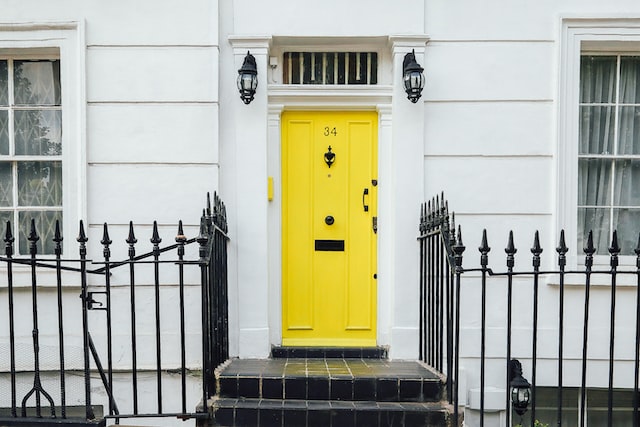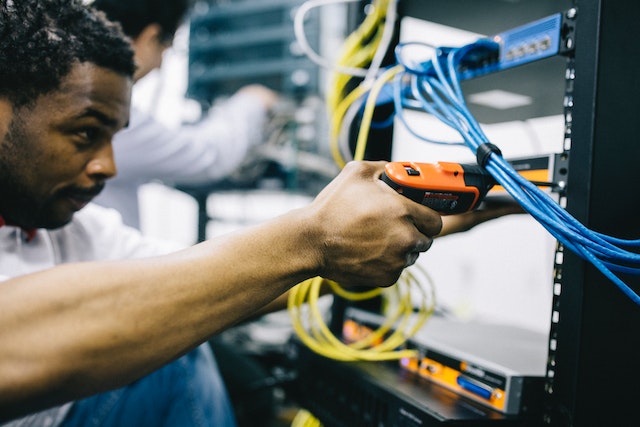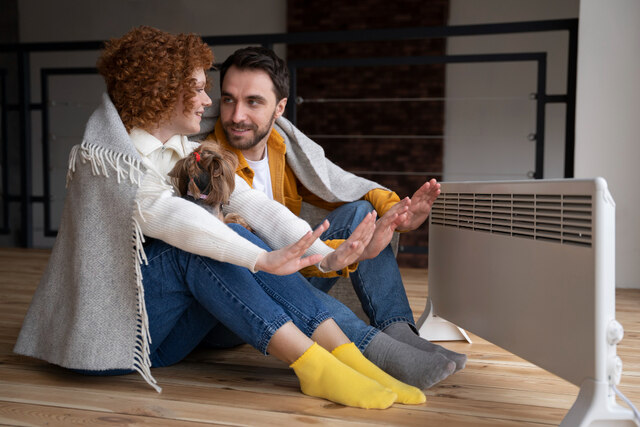Solving Heating and Ventilation Problems in Your Home
Is your home feeling too hot, cold, or humid? Are you dealing with stuffy air or lingering odors? If so, it’s likely your home has heating and ventilation issues. Not only can they make your home uncomfortable, but they can also be hazardous to the health of you and your family.
The good news is that there are simple solutions to a number of common heating and ventilation issues. That’s why, in this article, we will provide information about some of the most common causes of heating and ventilation issues in homes, as well as simple steps you can take to address them.
Common Causes of Heating and Ventilation Issues
There are a number of possible causes of heating and ventilation issues in homes. Some of the most common culprits include:
- Poor insulation– Poor insulation can cause your home to lose valuable heat or cool air, leading to higher energy bills. This can be caused by improper insulation installation or gaps in the walls, floors, or attic.
- Blocked vents– When air ducts are blocked due to dust or debris buildup, your heating and cooling systems may not work as efficiently as they should. The accumulation of dust can also create bacteria and mold, which can have serious health effects.
- Faulty thermostats– A faulty thermostat may cause your heating and cooling systems to work too hard or not at all, leading to uncomfortable temperatures in your home. This can also lead to higher energy bills.
- Humidity problems– High humidity levels in your home can cause a number of issues, including mold growth, foul odors, and even structural damage. Low humidity levels can be equally uncomfortable, leading to dry air and chapped lips.
- Leaks and drafts– Small holes or cracks in the walls and windows can cause air to escape, leading to higher energy bills and uncomfortable temperatures in your home. It can also cause other damage, such as the growth of mold or mildew.
These are just a few of the potential causes of heating and ventilation issues in homes. To ensure that your home is safe and comfortable, it’s important to take steps to address any issue as soon as possible.
Solutions for Heating and Ventilation Issues
Fortunately, there are a number of solutions you can try if you’re dealing with heating and ventilation issues. Here are some steps you can take:
- Fix insulation problems– If you’re dealing with poor insulation, make sure all gaps are filled and that the insulation is properly installed. The best way to do this is to hire a professional HVAC technician.
- Clear blocked vents– You can reduce dust and debris buildup in your air ducts by cleaning them regularly. If you’re not comfortable doing this yourself, consider renting HVAC equipment or hiring a professional HVAC technician.
- Replace faulty thermostats– If you’re dealing with a faulty thermostat, consider replacing it with a newer model that is more energy efficient and better suited for your home. When doing so, make sure to hire a professional HVAC technician for assistance.
- Monitor humidity levels– Install a humidifier or dehumidifier in your home to help maintain proper levels of moisture in the air. This will reduce the risk of adverse health effects and structural damage.
- Seal drafts and leaks– Use caulk or weatherstripping to seal any cracks and holes in your walls and windows. This will help keep air from escaping, resulting in more comfortable temperatures and lower energy bills.
Having heating and ventilation issues can be very uncomfortable, not to mention dangerous for the health of you and your family. Fortunately, there are solutions you can try to fix the issue. By following these steps, you’ll be able to ensure your home is safe and comfortable in no time.
Do you have any questions about heating and ventilation problems? If so, please leave a comment below. We’d love to help you find the best solution for your home.
For more informative articles, check out the rest of our site!

